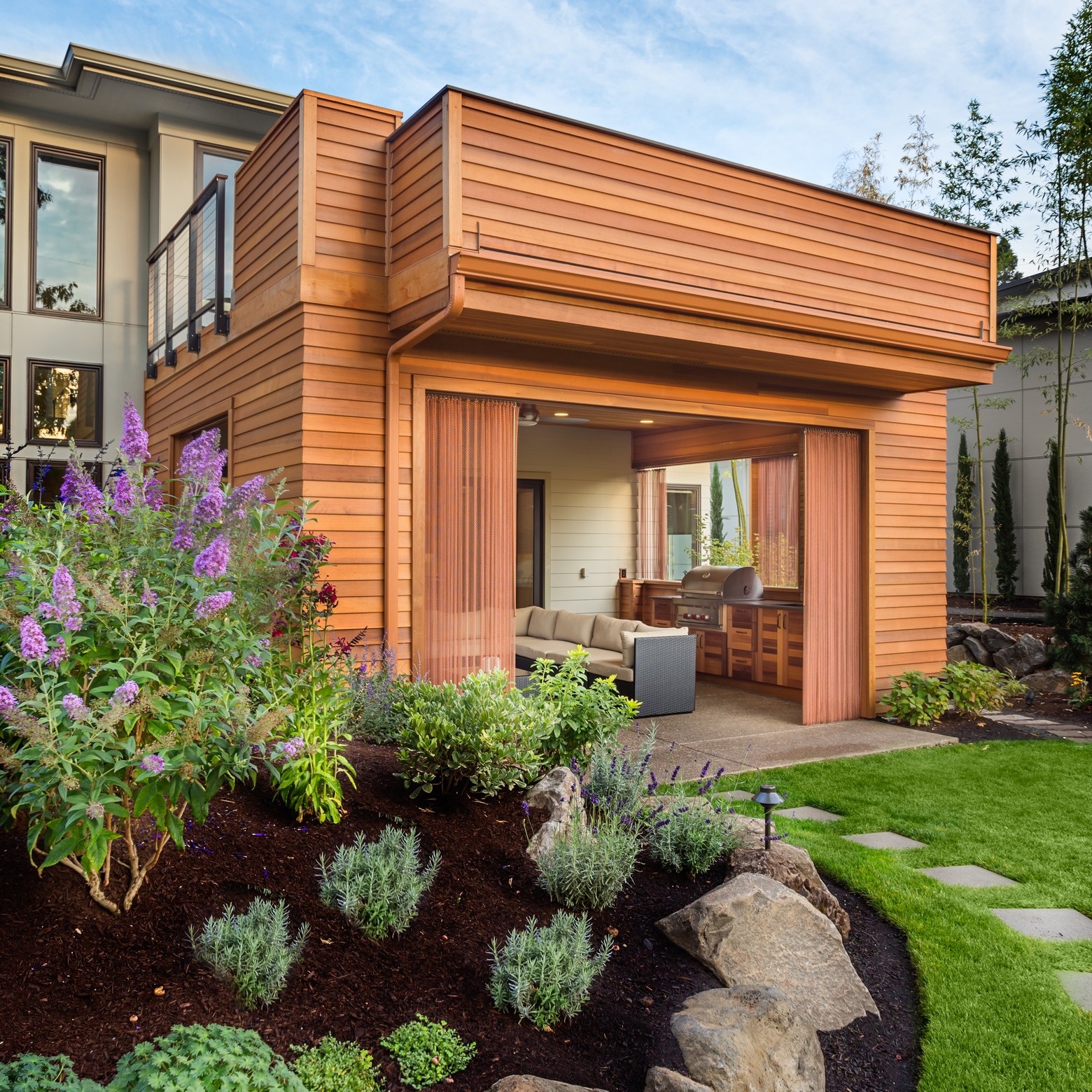Housing
Rules of Appreciation: Why Small Homes Pay Off Big-Time

Published:
Last Updated:

Whether we admit it or not, when we set out to buy a home one of the things most of us think about is how much the home’s value will increase over time. When it comes time to sell the house, are we going to make a big profit, or little to no profit?
Tastes change over time, making it even more difficult to decide whether we want to splash out more cash for a bigger home or for those extra bedrooms or for the home’s location. And if we decide to pay more for one of these features because it is valuable to us, how valuable will it be to a buyer five or 10 years from now?
Researchers at Realtor.com have looked at millions of listings from 2011 to 2016 and calculated the annual price growth rate of homes with particular features. And while it’s nearly impossible to tease out the single feature that drove a particular home’s appreciation, the researchers found some interesting and useful patterns.
On average, home prices appreciated by 6.3% per year between 2011 and 2016. That’s well above annual appreciation of around 3% to 4% during a period when the U.S. economy is strong.
There were, however, certain features that caused a home to appreciate faster than the average rate and we’re going to run down some of those here. For a full list with more details visit the Realtor.com website.
Small Is Beautiful. Homes smaller than 1,200 square feet appreciated at an annual rate of 7.5% while homes larger than 2,400 square feet appreciated at just 3.8%. The reason is simple: demand. First-time buyers, typically millennials between the ages of 18 and 34, are looking for a home they can afford. Baby boomers, who may live in a larger home, are looking to downsize and build their nest eggs by selling their larger home.
Fewer Bedrooms. A one-bedroom home appreciated at 7.2% per year and a two-bedroom rose by 6.6%. Four- and five-bedroom homes appreciated at 4.9% and 4.3%, respectively. This reflects that Americans are not having as many children.
Hot Features. A home with an open floor plan appreciated at a rate of 7.4% a year over the period. A patio added 6.8% per year and hardwood floors added 5.7% per year. Stainless steel appliances and granite countertops added just 3.0% and 2.5%, respectively.
Modernity Rules. Modern homes with simple shapes and big windows that blend well with the surrounding landscaping appreciated at 7.7% a year while a Craftsman bungalow added 3.7% and a Victorian added just 2.2%.
Location, Location, Location. For homes in more urban areas, proximity to public transportation was highly desirable, adding 8.4% annually to the home’s value. Good schools added 7.2% annually.
The View Outside the Windows. A view of a nearby park added 7.9% to a home’s value and a mountain view added 5.1%. A golf course view tacked on 4.3% and an ocean view added 3.6%. That last may be due to the high price for homes with an ocean view. According to Realtor.com, the average price for a house with an ocean view is $699,000.
Are you ahead, or behind on retirement? For families with more than $500,000 saved for retirement, finding a financial advisor who puts your interest first can be the difference, and today it’s easier than ever. SmartAsset’s free tool matches you with up to three fiduciary financial advisors who serve your area in minutes. Each advisor has been carefully vetted and must act in your best interests. Start your search now.
If you’ve saved and built a substantial nest egg for you and your family, don’t delay; get started right here and help your retirement dreams become a retirement reality.
Thank you for reading! Have some feedback for us?
Contact the 24/7 Wall St. editorial team.